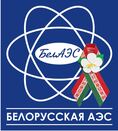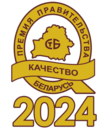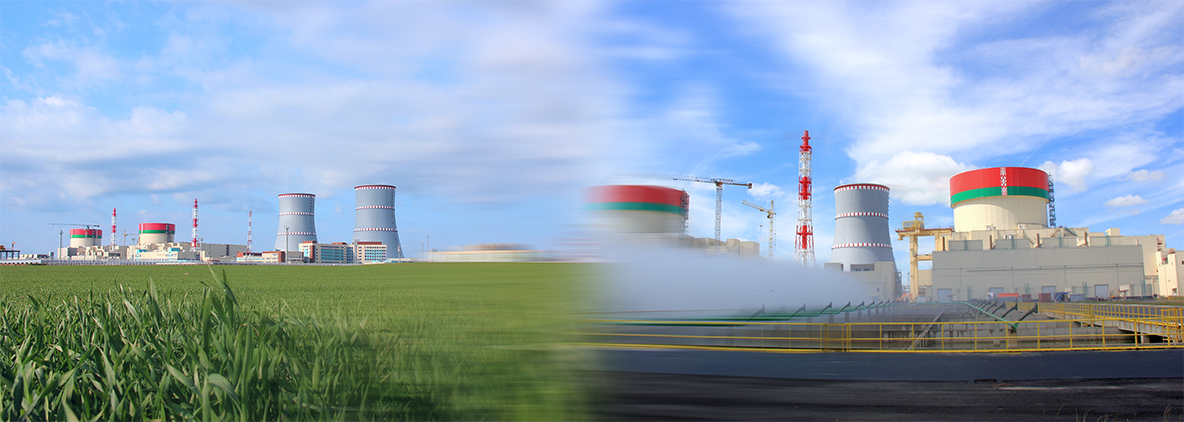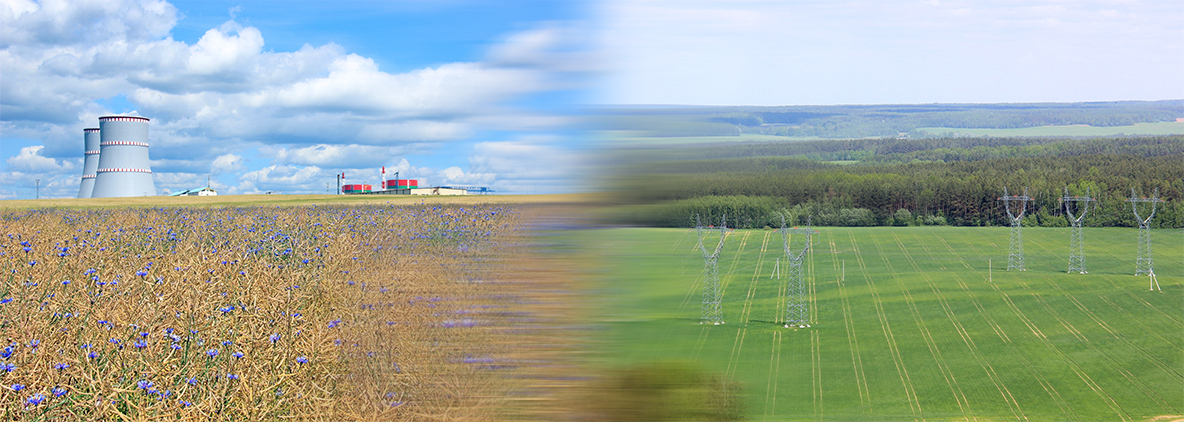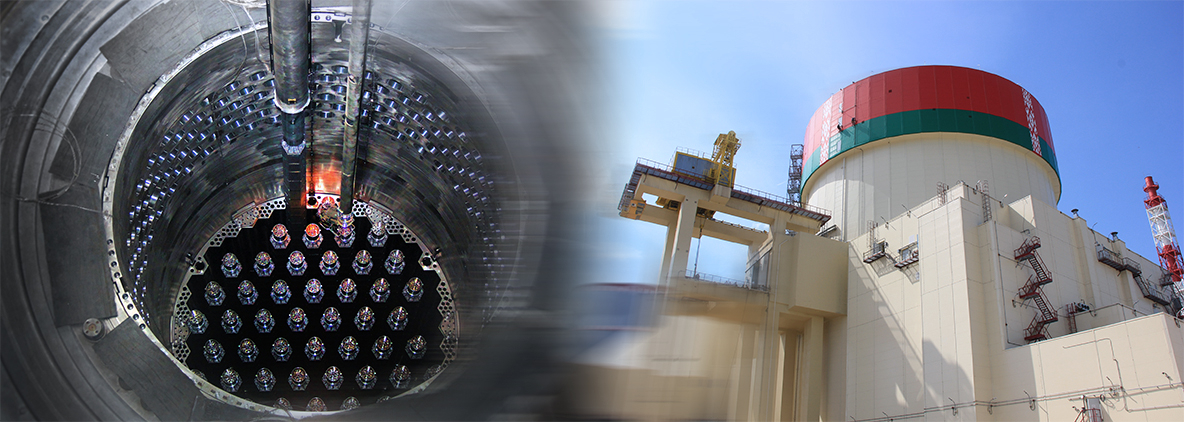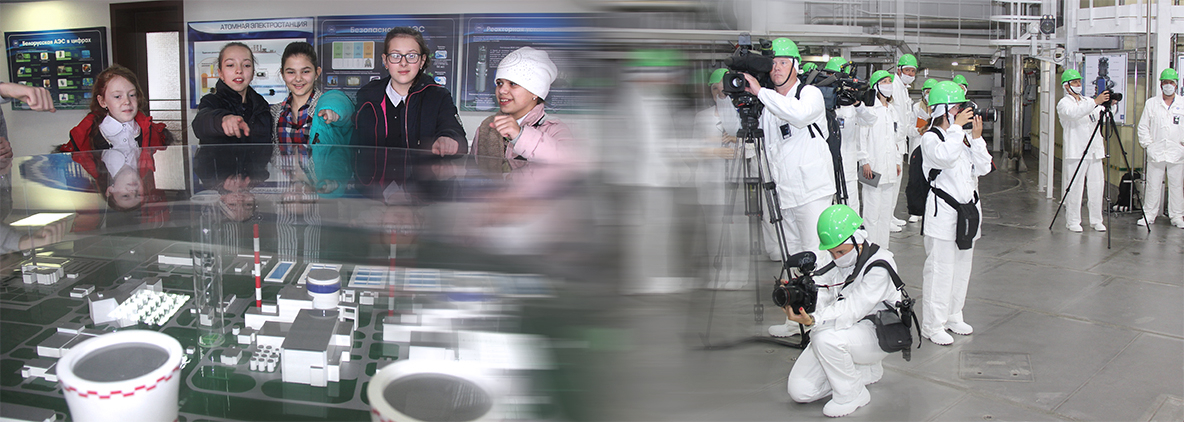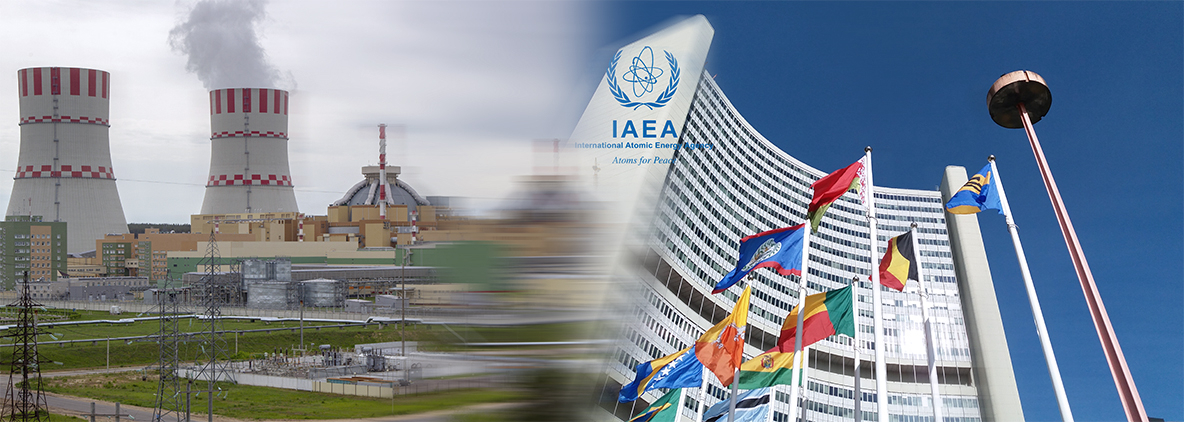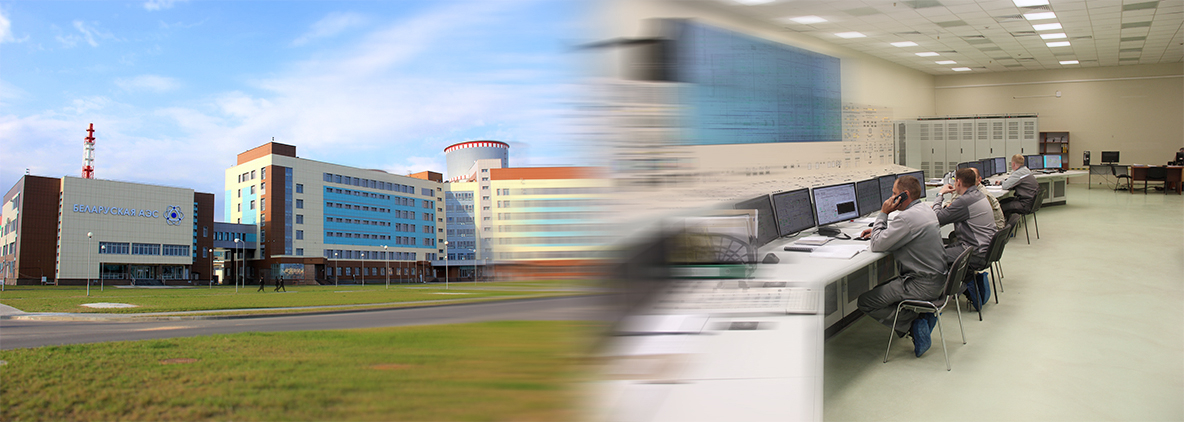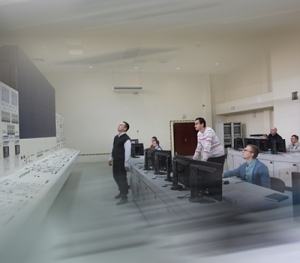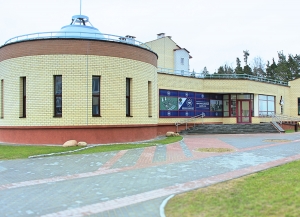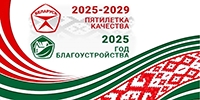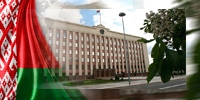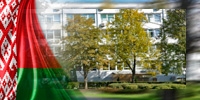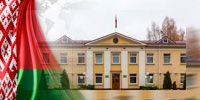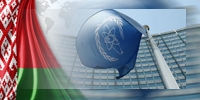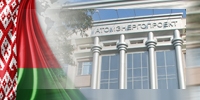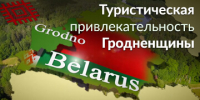Address:
Administrative and laboratory building (00UYA)
Vornyany village council, 2/7
Ostrovets district, Grodno region, Republic of Belarus 231220
Е-mail: belaes@belaes.by
NPP Information Center: ic@belaes.by

Phones:
Reception: +375 (1591) 4-53-59, fax: +375 (1591) 4-54-00
HR department: +375 (1591) 45-357; +375 (1591) 46-697
Accounts department: +375 (1591) 46-358
NPP Information Center: +375 1591 46 605
Purchases: +375 (1591) 4-67-19, +375 (1591) 4-67-34
Отдел информации и общественных связей
Radiation situation
Operating data
Power generation
as of 03.12.2025 is
| The energy unit №1: | The energy unit №2: |
| 35898,74 million kWh | 18513,4 million kWh |
Training center of the Belarusian nuclear power plant started operation
Belarusian NPP visit
Mass media
For access of the representatives of the Belarusian mass media to the construction site, it is necessary to send an official request to the State Enterprise “Belarusian NPP” 30 days before the planned visit with the following information:
- Passport data of visitors;
- Titles of visitors’ positions;
- Planned date of a visit;
- Transport data (license plate number, make and model), if it is planned to use a private or company-owned vehicle.
The request shall be accompanied by:
- Copy of a media accreditation certificate;
- Copies of passports (pages 31-33; a page containing residence registration details);
- Plans for reportage, articles, interviews, scenario outlines for photographing, filming, video recording;
- Data on audio-video-photo equipment to be used (product name, serial number).
For access of foreign mass media representatives, data is provided 45 days before the planned visit.
Rules for organizing and conducting study visits to the construction site of the Belarusian Nuclear Power Plant
- A request letter for visiting the Belarusian NPP addressed to the Director General of the Republican Unitary Enterprise "Belarusian Nuclear Power Plant" Sergei Olegovich Bobovich and a list of visit participants should be sent by e-mail to: This email address is being protected from spambots. You need JavaScript enabled to view it. in advance (at least 30 days for citizens of the Republic of Belarus and at least 45 days for citizens of foreign countries).
- The letter shall indicate the name of the enterprise, institution or organization, the estimated date of the visit, as well as the contact details of the person responsible for its organization. The letter must be executed on official letterhead, signed by the company leader (for higher education institutions - by the rector of the university or the dean of the faculty) and stamped with the company seal.
- A complete list of the group with passport data is to be attached to the letter, which is also signed by the company leader and stamped. The list form is shown below.
The list must be provided by all categories of citizens!!!
|
No. |
Last name, middle name (if any), first name |
Date and place of birth |
Nationality (as per passport) |
Place of work and title of position |
Residence registration data |
Current residential address |
Passport number, date of issue and issuing authority |
Data concerning bringing to criminal or administrative liability |
Consent to undergo special security clearance procedures |
- Persons under the age of 18 and older than 70 are not allowed for excursions to the units of the Belarusian NPP.
- To find out the results of the consideration of a request for a visit to the Belarusian NPP contact the Department for Information and Public Relations by calling +375 (1591) 46-699 three days before the expected date of the tour.
- Persons who arrived instead of someone, or those whose data are not listed, will not be allowed by the security service of the Belarusian NPP to enter the territory of the construction site.
- Excursions are held only on weekdays from 9 a.m to 4 p.m.
- Group size should not exceed 25 people.
- Coordination of visit details (date, time, transport, number of people, etc.) is carried out in advance with specialists of the Department for Information and Public Relations of the Belarusian NPP by calling +375 (1591) 46-699. The excursion organizer (accompanying person) must carefully check the list attached to the letter for compliance with the passport data of each group member indicated in it before sending the letter and the list.
- When visiting the power plant, it is forbidden to have:
- video and photo cameras, laptops, tablets, e-books;
- mobile phones with functions of photo and video fixation, wireless data transmission;
- USB-flash cards, CDs, headset (headphones), chargers for mobile phones and other electronic storage media;
- devices for wireless data transmission;
- electronic computer games;
- piercing and cutting items;
- alcoholic drinks;
Persons with the above-mentioned items will not be allowed to enter the territory of the construction site.
- Video recording and photographing with any equipment near the main administrative building of the Belarusian NPP, where sightseers arrive, in the territory, in the administrative and industrial premises of the NPP facilities, is made with the permission of the security service.
Foreign citizens access
Citizens of foreign countries are allowed to enter the NPP construction site on the basis of a notification and a visit programme that is sent to the Customer or the General Contractor 45 days before the visit. The lists of delegations with the identification data and the titles of foreign citizens’ positions, as well as photocopies of the passport pages are attached to the notification.
NPP Information centre
NPP Information centre was established for conduct the outreach on “Nuclear power engineering and the NPP construction” for different groups of people: pupils, students, works, social organizations, mass media and authorities.
The major task of Information centre is to inform the population about nuclear power engineering and its objects, about nature of nuclear energy, the principles of NPP work.
Any collective visit of Information centre may be only by a provisional application.
Monday-Thursday - from 8.00 to 16.42
Friday - from 8.00 to 15.42
Break: 12.30 - 13.00
Day off: Saturday, Sunday
E-mail:This email address is being protected from spambots. You need JavaScript enabled to view it.
Adress: NPP Information Center
Ostrovec city, NPP construction sity, Demonstration unit of the BelNPP Training center
Telephone: +375 (1591) 46-699
The web-site operates error-checking system. If you find a mistake, highlight it and press Ctrl + Enter.
